You wander back into the kitchen after a family board game session and notice a few small, bite marks on the holiday ham. The likely culprit? Your beloved cat, who probably hopped up onto the counter and helped herself to a nibble while no one was looking. But can cats eat ham? And, perhaps more importantly, is ham a safe and healthy food for felines?
We spoke with three veterinarians to learn if cats can safely eat ham.
Is Ham Safe for Cats?
Cats are obligate carnivores, meaning they need to eat meat to survive. But that doesn’t mean you should share your ham sandwich or add a few cubes of holiday ham to your kitty's food dish.
Okay, technically cats can eat ham—but it’s really “not a safe choice,” Whitney Miller, DVM, MBA, DACVPM, the chief veterinarian at Petco says.
“While some think small amounts [of ham] are safe, there is no way to know what amount any given cat will tolerate, so it's best to avoid altogether and opt for better alternatives,” Miller adds.
If you insist on sharing ham with your kitty, you’ll want to make it yourself using cat-safe ingredients.
“The safest option would be to give them ham that has been prepared by the owner,” Janae Saffold, DVM, a veterinarian at VCA Bay Hill Cat Hospital in Orlando, Florida, says. “This way, we know exactly what ingredients are inside.”
Rebecca Greenstein, B.Sc., DVM, the veterinary medical advisor for Rover echoed that sentiment, calling for “extreme moderation” when feeding your cat ham. She added that any ham you choose to share with your kitty should be plain, cooked, and unseasoned.
“Foods outside the main diet should make up no more than 10% of your cat’s daily calorie intake, and in the case of ham, likely less,” Greenstein says.
Potential Health Risks of Ham for Cats
A cat’s optimal diet includes lots of protein, moderate amounts of fat, and small amounts of carbohydrates. They also need vitamins, minerals, amino acids, and fatty acids. At first glance, ham might seem like it meets some of these dietary requirements.
But as a processed meat, ham is also loaded with unhealthy components, including salt, nitrates, and other preservatives and additives. Depending on how it’s made, ham may also contain ingredients that are toxic to cats, like garlic and onion.
Ham is a source of protein, iron, and B vitamins, according to Greenstein. But it’s also high in fat, which can contribute to obesity in cats.
Some other health risks include:
- Vomiting
- Diarrhea
- Pancreatitis
- Salt poisioning
Ham’s high sodium content is particularly problematic. Like other animals, cats are susceptible to salt poisoning, also known as sodium ion toxicosis. This can cause vomiting, diarrhea, lethargy, seizures, and even death. According to Greenstein, salt can be particularly dangerous for cats with heart disease and kidney issues.
“Depending on their weight, as little as 0.05 tablespoons of salt can be toxic to a cat,” Miller adds.
Safer Alternatives to Ham for Cats
Even though cats need protein, veterinarians advise against feeding your cat processed pork products like ham as well as bacon or sausage.
“Cat parents tend to think of protein sources as interchangeable, but my preference is to avoid fattier meats like ham in favor of leaner proteins like chicken or turkey—or, just stick to their cats’ complete and balanced regular commercial diets," Greenstein says.
Instead, stock up on treats and cat food that you can serve to your kitty with confidence. If your cat is picky and you want to make her food even more enticing, consider adding a food topper into the mix.
“There are plenty of other treats and pet food available in tasty flavors your cat will love such as tuna, salmon, or chicken that safely meet their nutritional needs,” Miller says.
- What to do if your cat accidentally eats ham?
If your cat eats a tiny amount of ham, she will probably be OK—though her stomach might be upset. However, if you want to err on the side of caution, or you just aren’t sure how much ham your cat has eaten, call your veterinarian right away. You should also call your vet if your cat is exhibiting any troubling symptoms like vomiting, diarrhea, lethargy, or shortness of breath, Miller says.
Are there any types of ham that are safer than others?Veterinarians recommend not feeding your cat ham. However, if you want to give your feline some ham, you should make it yourself so you can control the ingredients. Also, it’s best for the ham to be plain, cooked, and unseasoned.
Why is ham bad for cats?Ham contains high amounts of sodium, which can cause salt poisoning. In addition, it may have been prepared with ingredients that are toxic to cats, including garlic and onion. The high fat content can also contribute to obesity. Adding new foods to your cat’s diet can cause gastrointestinal issues like vomiting and diarrhea.
Related Article
 cat-behavior-problems
cat-behavior-problemsPlay vs. Aggression Between Cats: What's the Difference?
If you have more than one cat living under your roof, you may be familiar with catfights. But how d
 cat-basic-training
cat-basic-trainingHow to Solve Aggression Between Household Cats
While it can be upsetting and frustrating, fighting between cats that live in the same household is
 cat-behavior-problems
cat-behavior-problemsDo Cats Get Jealous? The Answer May Surprise You
Do cats get jealous? Not exactly. Like people, cats have different personality traits. One of those
 cat-behavior-problems
cat-behavior-problemsHow to Stop Cats From Pooping on Rugs
Litter-trained cats may be trained to do their business in the litterbox, but if your cat is poopin
 cat-nutrition-and-food
cat-nutrition-and-foodWhich Tastes Can't Cats Experience?
Cats are known to have many keen senses. They have acute hearing, eyesight that is wired for motion
 cat-parasites
cat-parasitesWorms, Mites, Ticks and Other Bugs That Live on Cats
Cats are susceptible to many different types of bugs and parasites, but there are two main classifi
 cat-treatments
cat-treatmentsSaddle Thrombus in Cats
Saddle thrombus, more properly called feline aortic thromboembolism (FATE), is an often fatal condi
 cat-symptoms
cat-symptomsLimping in Cats
Limping in cats is almost always a sign of pain, but the cause may not be obvious. There are severa
About FleaFree Feline
We are a premier digital platform committed to delivering high-quality content to our readers. Our mission is to provide accurate, reliable, and engaging information that adds value to our audience's daily lives.
Our team consists of experienced content creators and subject matter experts who uphold the highest standards of professionalism. In an era of information overload, we curate content with care, ensuring our users receive only the most relevant and trustworthy information.
Beyond just reporting facts, we focus on depth and context. Through expert analysis, comprehensive research, and clear presentation, we help our audience gain meaningful insights and make informed decisions.
We take pride in being a trusted information source for our growing community of readers. Our user-first approach means we continuously adapt to provide content that meets our audience's evolving needs and interests.
Innovation and excellence drive everything we do. We're committed to improving our platform and services to deliver the best possible experience for our users.

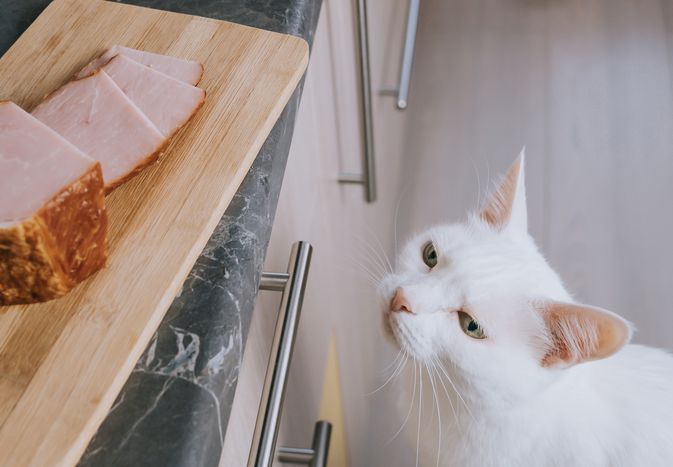
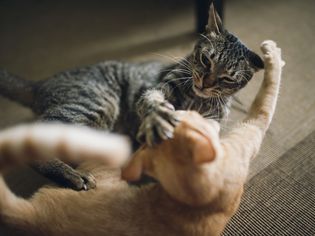
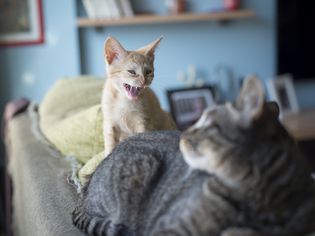
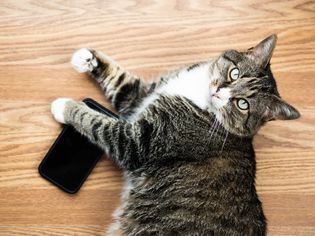
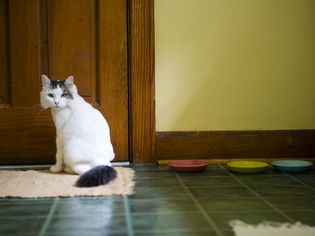
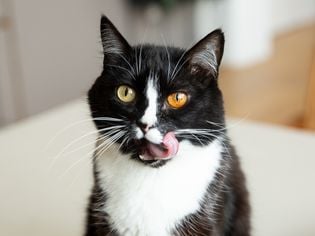
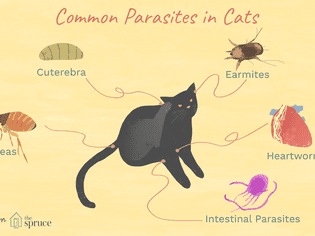
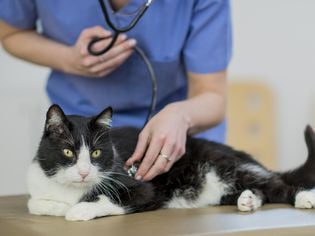
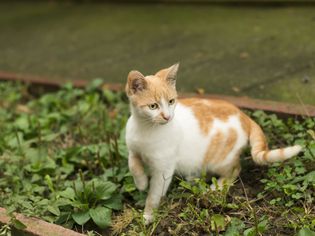
Comments on " Can Cats Eat Ham? Why Ham Isn't the Best Choice for Your Little Carnivore" :